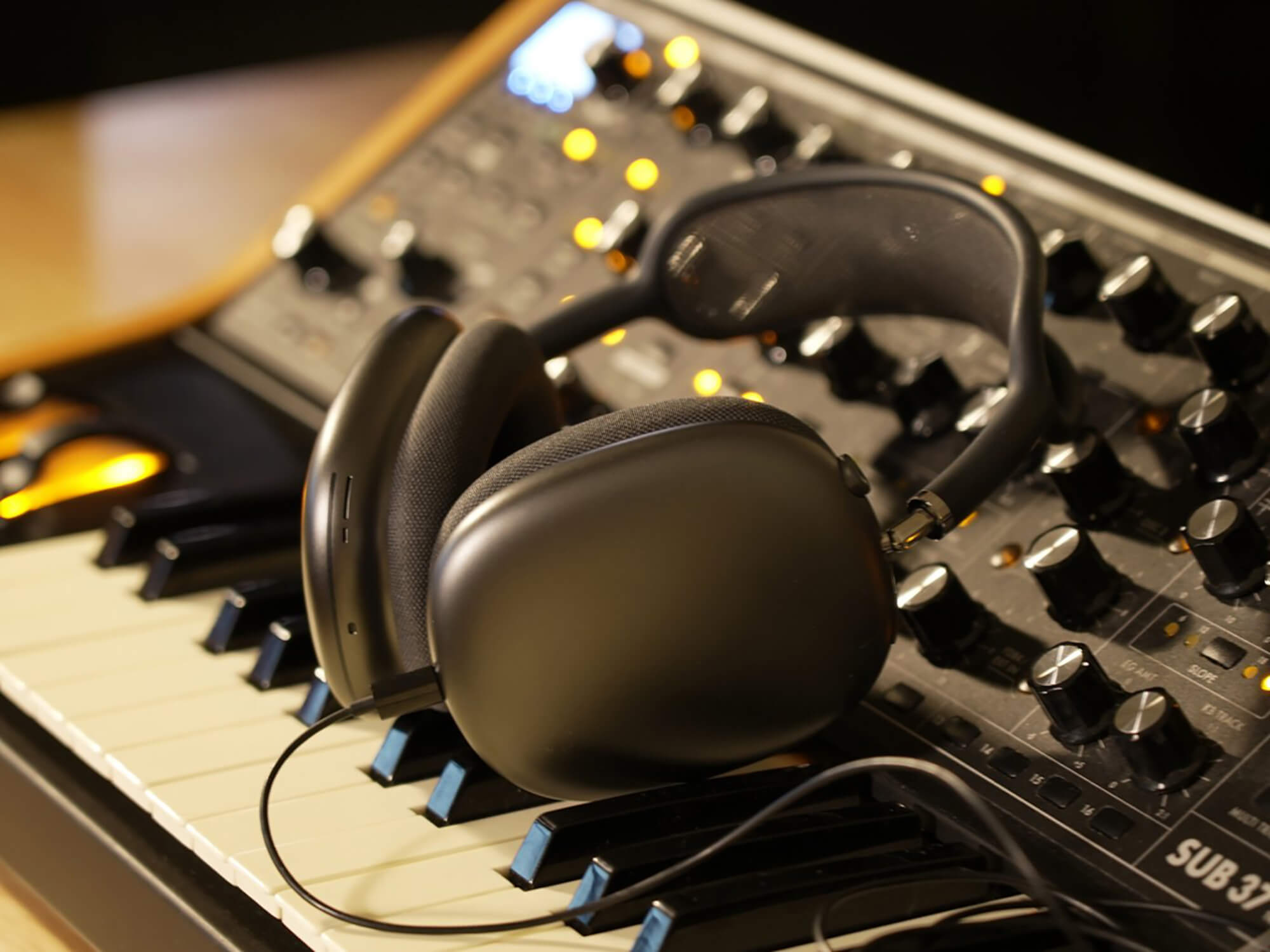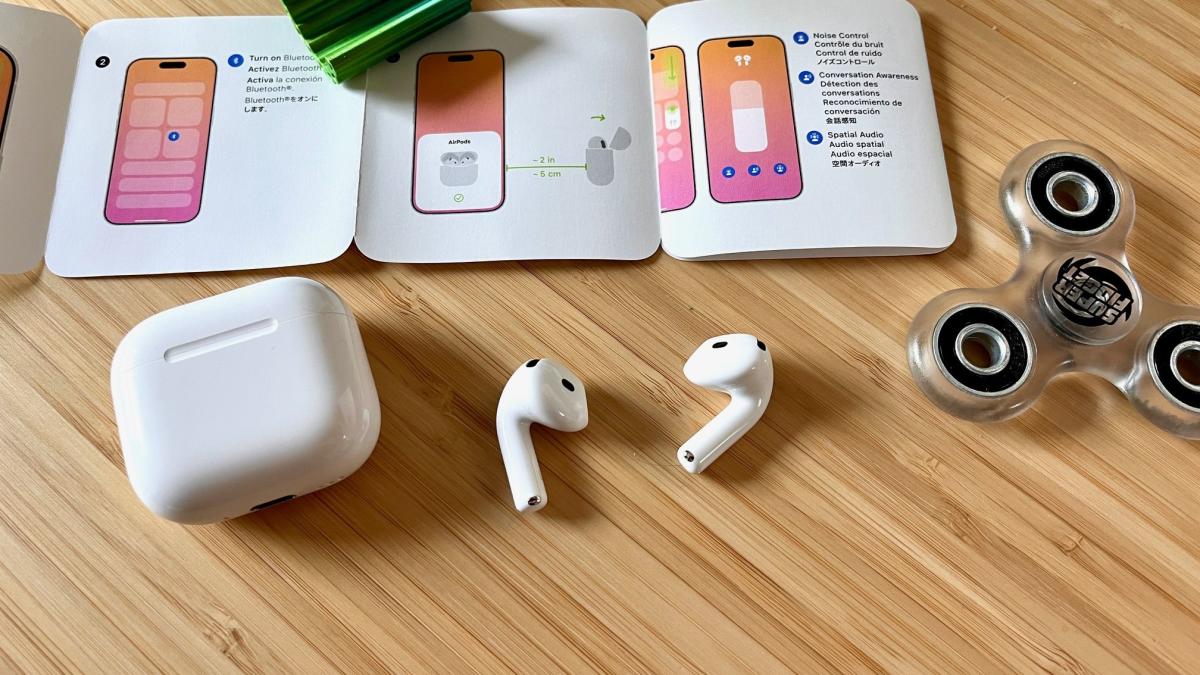Apple shared exciting news today, April 1, 2025, saying that its helpful ‘Find My’ tool will soon work in South Korea. Starting this spring, people there can use it to locate their lost Apple gadgets, like iPhones, iPads, and Macs, as well as track items with AirTags.
This is the first time South Korean users will enjoy these features, making it easier to find misplaced stuff or even keep tabs on family and friends. Before now, strict local rules about maps and privacy stopped Apple from offering ‘Find My’ in the country. But after figuring things out, Apple is ready to roll it out.
The company promises the service will keep users’ information safe while helping them find what’s lost. Last year, over 9,000 people in South Korea signed a petition asking for this feature, showing how much they wanted it. With this update, South Koreans can finally use the same handy tool that Apple fans worldwide already love. It’s a big step for Apple in the country, and users are sure to welcome the change!





